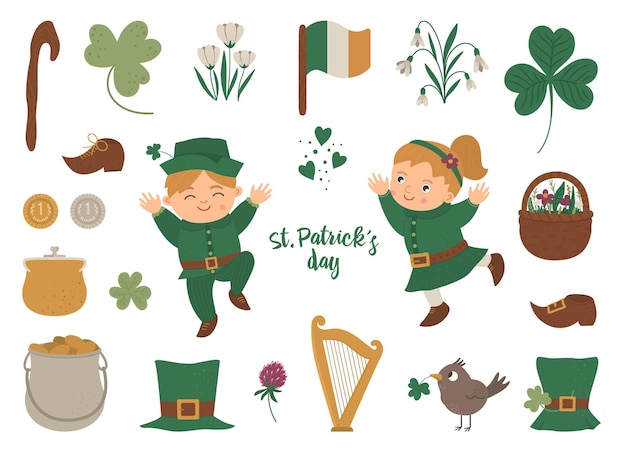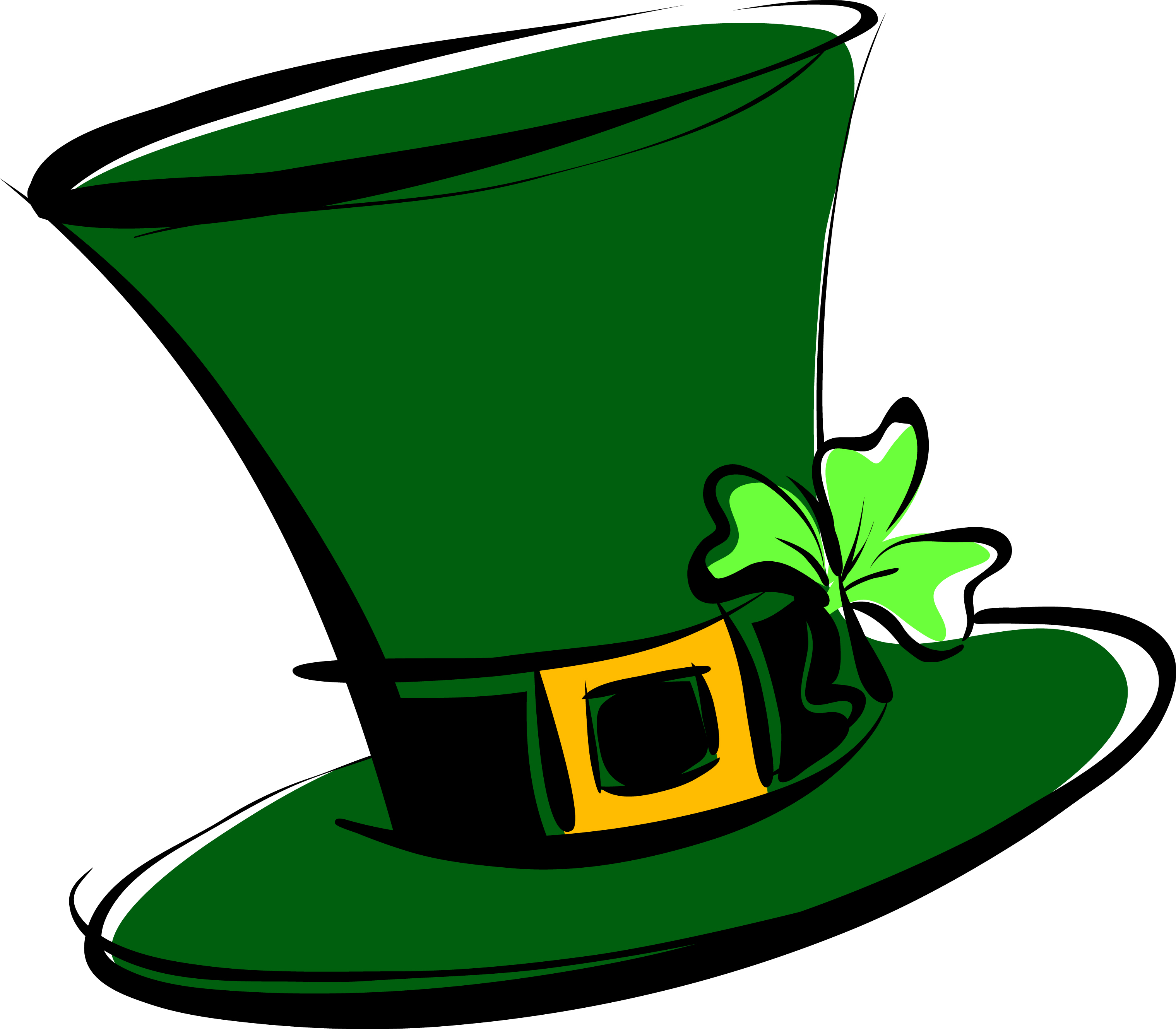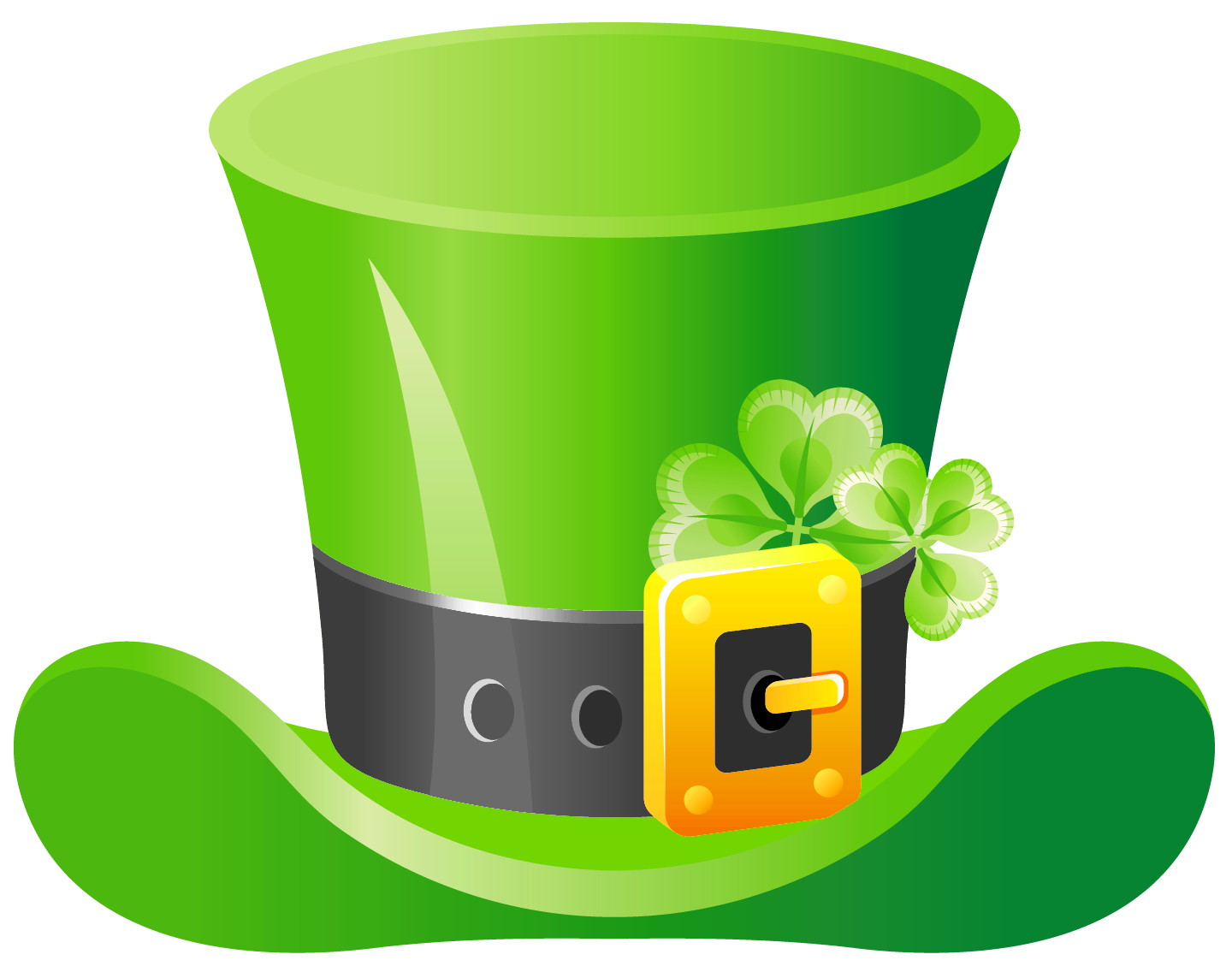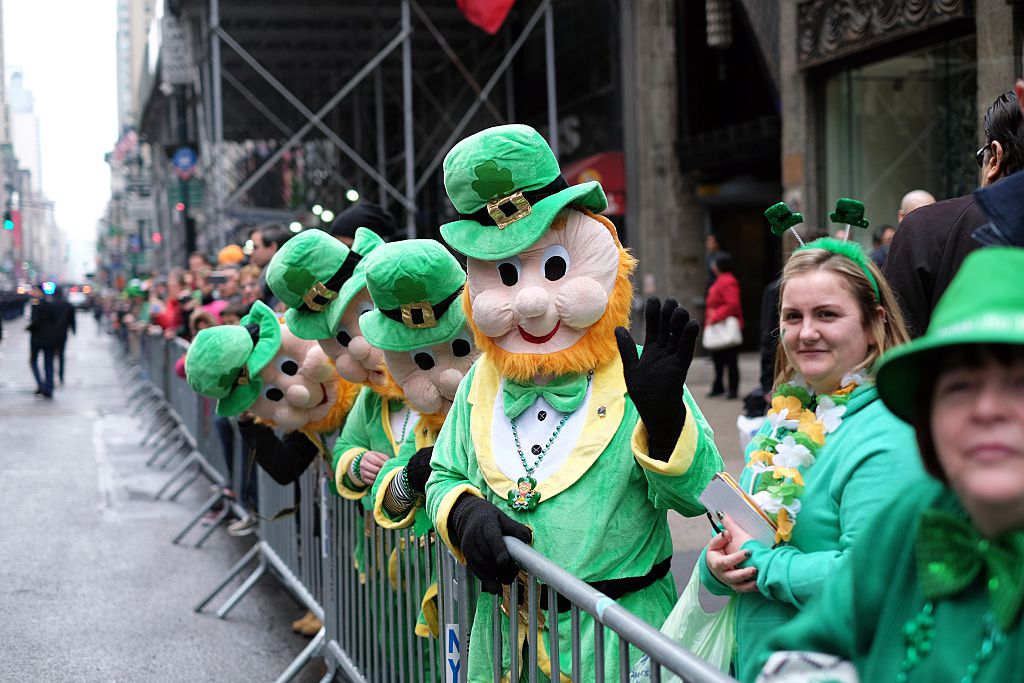Gallery
Photos from events, contest for the best costume, videos from master classes.
 |  |
 |  |
 |  |
 |  |
 |  |
 |
Featured. St. Patrick’s Day Traditions. St. Patrick’s Day is a holiday known for parades, shamrocks and all things Irish. Find out how symbols we now associate with St. Patrick’s Day came to be. One of the more common St. Patrick’s Day traditions in Ireland and elsewhere is the wearing of green. Now, wearing green on St. Patrick’s Day doesn’t have to mean lashing on face paint and dyeing your hair green – a green tie or a green pair of socks will do the job just fine! St. Patrick’s Day began as a religious holiday in Ireland to celebrate their patron saint. St. Patrick is credited with bringing Christianity to the nation. But over the years the holiday came to be a grand festivity in the United States due to Irish Americans. New York City put on the very first St. Patrick’s Day Parade in 1762. A Symbol of Identity and Unity Beyond the parades and green attire, St. Patrick’s Day holds deeper significance. For Irish immigrants, it was a declaration of belonging, a response to nativist St. Patrick’s Day: History, Traditions & Fun Facts St. Patrick’s Day is one of the most widely celebrated cultural and religious holidays around the world. What started as a solemn feast day in honor of Ireland’s patron saint has transformed into a global festival filled with parades, music, dancing, and a whole lot of green. St. Patricks Day, celebrated on 17 March, has grown from a religious observance in Ireland to a global festival. Honouring Irelands patron saint, the day is marked by parades, music, and cultural pride. Though St. Patrick was not Irish, his legacy shaped the nations identity. The U.S. played a key role in transforming the holiday into a vibrant celebration. Today, St. Patricks Day unites As the festivities approach, many wonder how St. Patrick’s Day became such a significant cultural event. From its humble beginnings to its current widespread recognition, he will explore the traditions, symbols, and lively activities that make this day special for many around the globe. History of St. Patrick’s Day Students answer thought-provoking questions about St. Patrick’s Day traditions, lucky symbols, and personal experiences, encouraging meaningful conversations. Creative Writing Task Learners write an informal letter inviting a friend to a St. Patrick’s Day celebration, practicing essential writing skills in a fun, real-world context. Ideal For: Key Traditions of St. Patrick’s Day 1. Wearing Green and Shamrock Symbolism. One of the most recognizable customs is wearing green. The color green is symbolic of Ireland’s lush landscape, and it’s also associated with the shamrock—a three-leaf plant that St. Patrick is said to have used to explain the Holy Trinity. St. Patrick’s Day is coming up on March 17, so you best get ready to celebrate! There's no need to be Irish to get in on the fun either. Here we give you 18 fun-filled St. Patrick's Day traditions to best celebrate this year, with many options of what to do to create your new family traditions for the day. From ancient symbols of defiance to modern-day American twists, St. Patrick’s Day is a holiday filled with rich traditions and fascinating history. Whether you’re rocking green, enjoying Irish music, or indulging in corned beef and cabbage, you’re taking part in a celebration that spans centuries and continents! Despite its global reach, St. Patrick’s Day remains rooted in Irish traditions, from food like corned beef and cabbage to step-dancing and traditional music. The symbols of St. Patrick’s Day offer a fascinating glimpse into Ireland’s rich cultural and historical tapestry. Celebrated annually on March 17, St. Patrick’s Day is a holiday known for parades, shamrocks and all things Irish. From leprechauns to the color green, find out how symbols we now associate with The shamrock, long linked to St. Patrick, became an important symbol of the day. By the 18th century, it became customary to wear shamrocks on one’s clothing. Over time, this tradition evolved into the broader practice of wearing green to show Irish pride. St. Patrick’s Day isn’t just about parades and green beer—it’s a celebration of Ireland’s heritage. St Patrick’s Day symbols carry deep history and meaning, from shamrocks to Celtic crosses, uniting people in the spirit of Irish tradition. So, as March 17th approaches, embrace the spirit of St. Patrick’s Day! St. Patrick’s Day traditions: Knowledge of St. Patrick Section 2: Iconic Symbols and Colors. No St. Patrick’s Day celebration is complete without the iconic symbols that grace the festivities. The shamrock, a symbol of luck, has deep cultural roots, with St. Patrick reputedly using it to explain the Holy Trinity. The tradition of wearing green on St. Patrick’s Day dates back to Irish immigrants of the 19th century. As a result of the great famine, also known as the potato famine of the 1840s, many Irish The Symbols of Lent and Their Meaning. Lent is a season with deep biblical roots, and many of its symbols come directly from Scripture and early Church traditions. These symbols help Catholics and other Christians reflect on Christ’s suffering, death, and resurrection while reinforcing the themes of repentance, sacrifice, and renewal. Like many of the popular holidays around the world, St. Patrick’s Day is yet another classic example of a deeply Catholic holiday gone mainstream. And also like those other holidays, the day’s growth in popularity has, in many ways, robbed it of its richness.While there’s nothing inherently wrong with eating corned beef and drinking green beer to mark the occasion, it’s very likely Monday, March 17 is St. Patrick's Day, celebrating all things Irish in the U.S. and around the world. Cities celebrate with parades, bar crawls and more.
Articles and news, personal stories, interviews with experts.
Photos from events, contest for the best costume, videos from master classes.
 |  |
 |  |
 |  |
 |  |
 |  |
 |